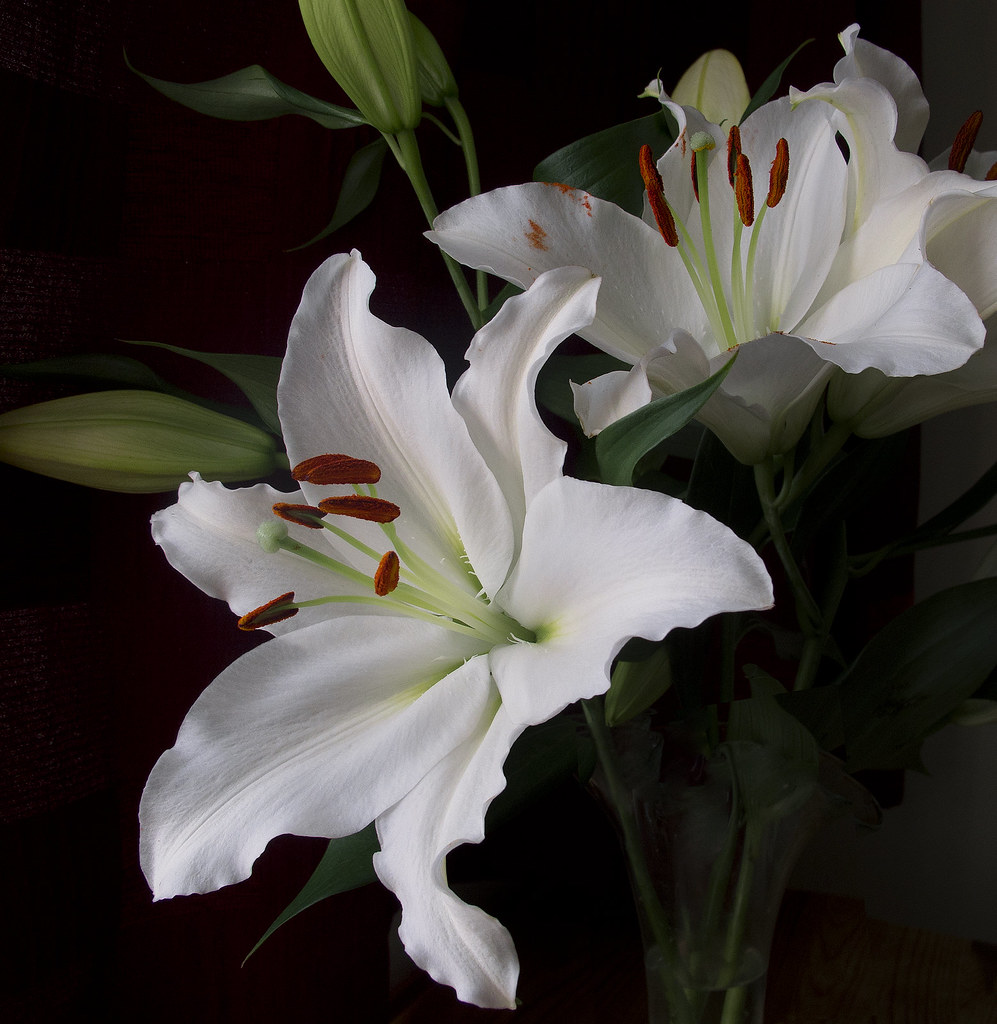I ought to be using this photo more whenever I write a City Pop article. It's a shot of an intersection in the skyscraper-filled district of West Shinjuku, notable for this huge ring over the crossing itself. Scenes like these on travel posters are what made me so enamored with Japan, and especially Tokyo, in the first place.
My impression is that the old cop shows on Japanese TV had a thing for showing the megalopolitan mass that was Tokyo during the ending credits while the star of the show such as Yujiro Ishihara(石原裕次郎)for "Seibu Keisatsu"(西部警察)or Shigeru Matsuzaki(松崎しげる)for "Uwasa no Keiji Tomi to Matsu"(噂の刑事トミーとマツ)would croon some sort of ballad.
I found another example of this by accident a couple of days ago on YouTube. Currently, I know the finely-aged actor Masao Kusakari(草刈正雄)for portraying the character of crusty Masayuki Sanada on the NHK taiga drama "Sanada Maru"(真田丸). Although I am not a devout follower of the actor, I knew that he once played the young rebellious tough guy back in his early days as a thespian. And apparently, back in 1977, he had the role of a young detective on the short-running Fuji-TV show "Karei naru Keiji"(華麗なる刑事...The Magnificent Detectives)for which he also got to sing the ending theme, "Sentimental City", written by Konosuke Fuji(藤公之介)and composed by Makoto Kawaguchi(川口真).
The first video is just of the song itself but I also wanted to include this video here as well since it has the song and the night view of the city....kinda helps the mood, I guess. "Sentimental City" came out as Kusakari's 9th single in April 1977, and although I still primarily categorize it as a City Pop tune, it starts out sounding like a Mood Kayo thanks to the backup chorus. Perhaps I can consider it a hybrid of sorts which would make a nice comparison with Ishihara's purely Mood Kayo "Yoake no Machi"(夜明けの街)and Matsuzaki's Resort Pop "WONDERFUL MOMENT".
Kusakari doesn't strike me as being a great singer but at least I like the arrangement of the song which has that requisite bluesy saxophone bursting in as one of the ingredients of City Pop. The mood is also nicely set of taking that long walk through the streets of Shinjuku to de-stress after a long day on the beat and then hit the local bar.
Kusakari was born in September 1952 to an American father (sadly killed in the Korean War before he was born) and a Japanese mother. Growing up, he became a model, actor, singer and a TV host. In fact, he was even the captain for the White Team in the 1976 edition of NHK's Kohaku Utagassen.

























